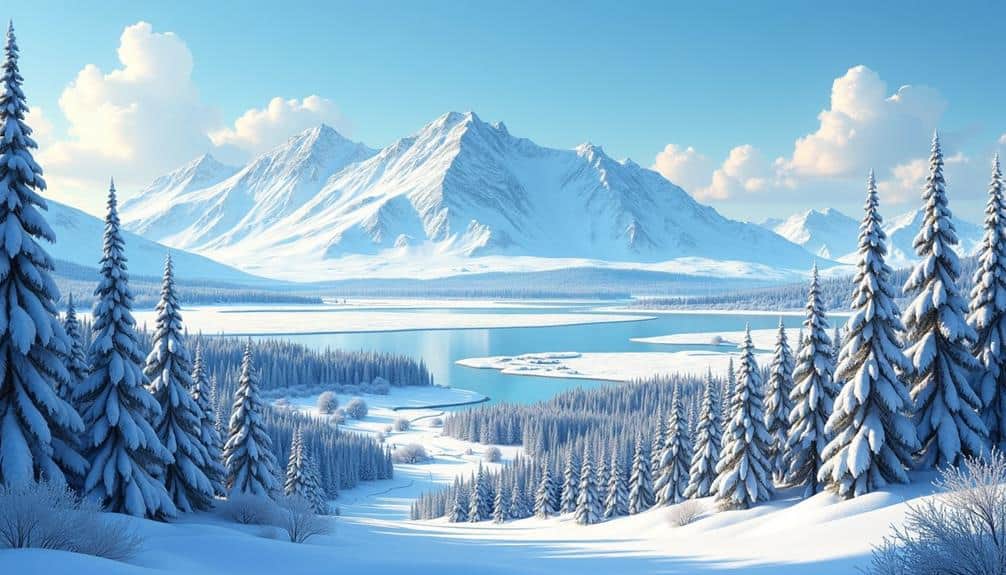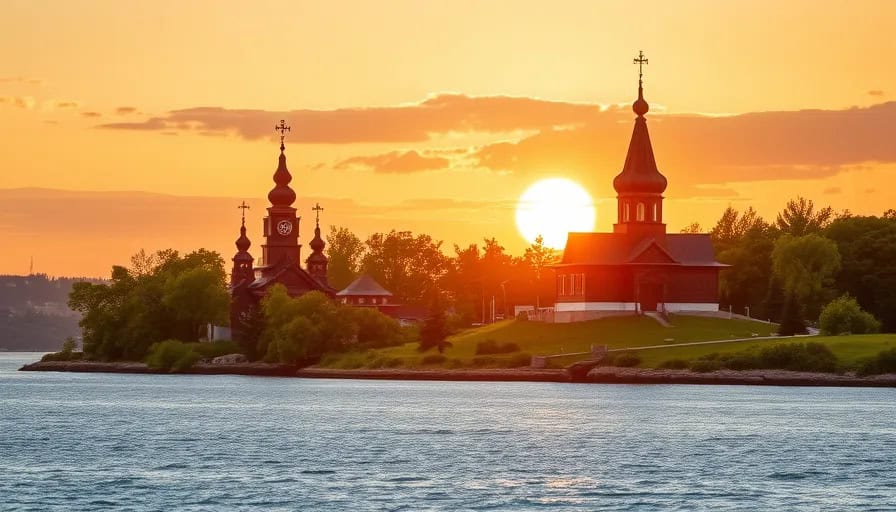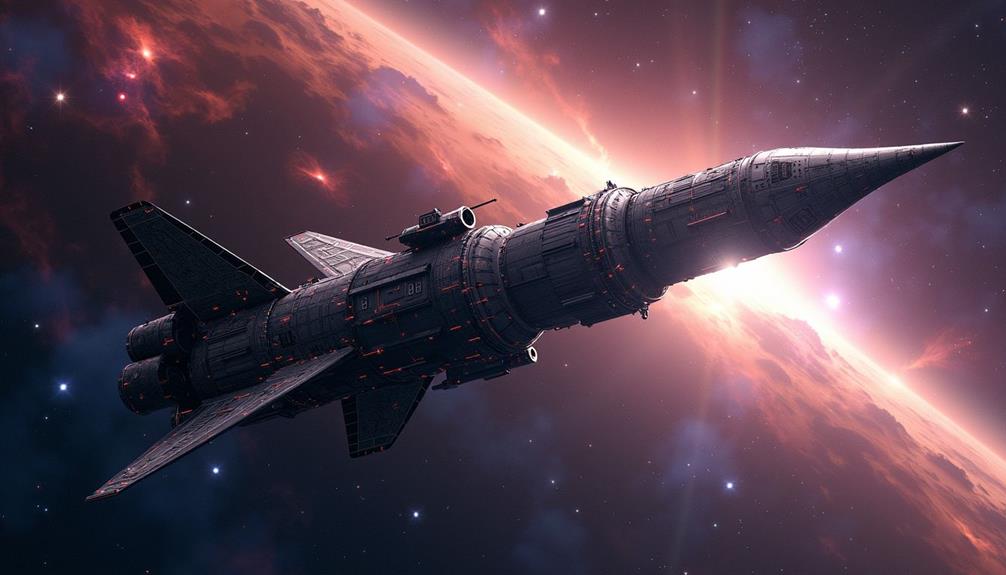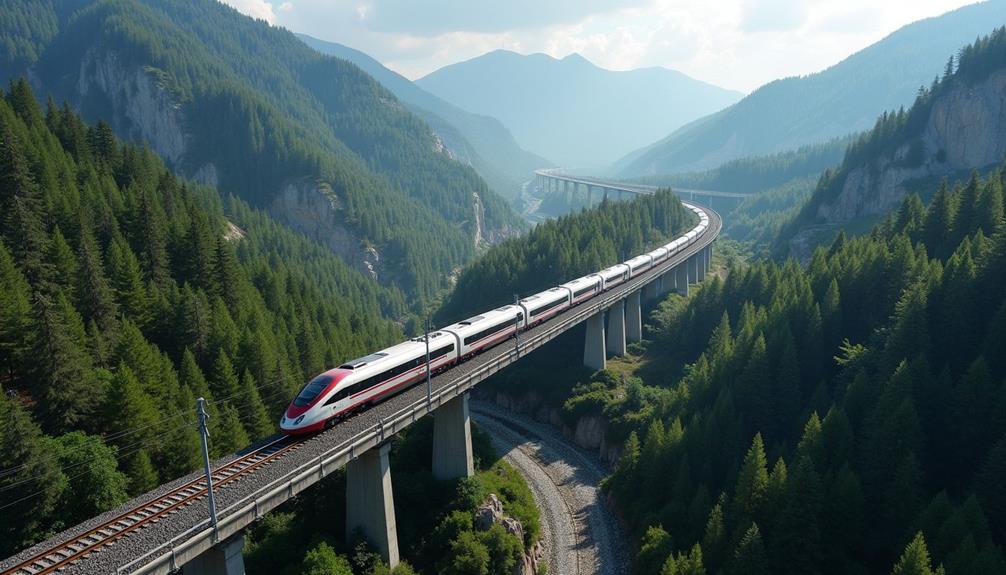Geographic Size and Diversity

Spanning an impressive 17.13 million square kilometers, Russia’s vast expanse makes it the largest country in the world, dwarfing even the dwarf planet Pluto. This immense territory encompasses diverse landscapes, from the sprawling plains of the European part to the rugged mountains and dense forests of Siberia.
Urban expansion in cities like Moscow and Saint Petersburg showcases not only architectural marvels but also vibrant metropolitan life. Cultural festivals are integral to the Russian experience, with events such as Moscow’s International Film Festival and Saint Petersburg’s White Nights Festival attracting global attention.
These festivities celebrate Russia’s rich heritage and contemporary culture, providing a glimpse into the nation’s dynamic societal fabric.
Historical Landmarks

Russia’s vast and diverse geographic landscape is complemented by a rich tapestry of historical landmarks that tell the story of its storied past.
Red Square in Moscow stands as a symbol of immense historical significance, showcasing a blend of architectural styles from St. Basil’s Cathedral’s vibrant domes to the austere grandeur of Lenin’s Mausoleum.
Saint Petersburg’s Hermitage Museum, with its opulent Winter Palace, reflects centuries of imperial history and artistic heritage.
On Kizhi Island, the wooden churches built without nails exemplify ancient Russian craftsmanship and are UNESCO World Heritage sites.
These landmarks, each with unique historical significance, offer a window into Russia’s rich and complex history, inviting visitors to explore its architectural marvels.
Space Exploration

Few nations have made as profound an impact on space exploration as Russia. Pioneering space achievements, such as Yuri Gagarin’s historic 1961 voyage as the first human in space, underscore the nation’s significant contributions. This milestone, a cornerstone of the Space Race, paved the way for future advancements.
Central to Russia’s success is its rigorous cosmonaut training program, renowned for its comprehensive and demanding nature. The Russian Space Agency meticulously prepares its cosmonauts, emphasizing physical endurance, psychological resilience, and technical proficiency.
These efforts have led to numerous breakthroughs, including the launch of the first artificial satellite, Sputnik, and the development of enduring space stations like Mir. Russia’s legacy in space exploration remains a testament to its innovation and determination.
Environmental Conservation
While Russia has made remarkable strides in space exploration, its commitment to environmental conservation is equally noteworthy.
The country’s vast forests, which cover approximately 45% of its territory, play a crucial role in global biodiversity preservation. Russia’s taiga, home to countless species, embodies efforts to protect this natural wealth. Sustainable practices are being implemented to mitigate deforestation and pollution.
Lake Baikal, the deepest freshwater lake, is a UNESCO World Heritage site renowned for its unique ecosystem. Conservation initiatives focus on maintaining its pristine condition and protecting endemic species like the Baikal seal.
These efforts highlight Russia’s proactive stance in fostering a balance between development and nature, ensuring the preservation of its unparalleled natural heritage.
Linguistic Diversity

Linguistic diversity in Russia is a testament to the country’s rich cultural tapestry, encompassing a vast array of languages and dialects. With over 270 languages spoken, Russia’s linguistic landscape is as varied as its geography.
While Russian is the official language, regional dialects like Tatar, Chechen, and Bashkir enrich local cultures. Unfortunately, many of these languages are classified as endangered languages, facing the threat of extinction.
Efforts are underway to preserve these linguistic heritages, reflecting the nation’s commitment to cultural diversity. Programs aimed at revitalizing endangered languages highlight Russia’s dedication to maintaining its multifaceted identity.
This linguistic mosaic not only underscores Russia’s historical depth but also its ongoing cultural evolution.
Unique Cultural Practices
Russia boasts a myriad of unique cultural practices that offer a glimpse into the nation’s rich heritage and traditions.
At the heart of Russian social life is the revered tea tradition, introduced in the 17th century. Tea is often served in ornate samovars, accompanied by biscuits, honey, or jam, symbolizing hospitality and warmth.
Equally notable is the country’s complex relationship with alcohol consumption. While traditionally known for vodka, recent trends show a significant decline in consumption, from 15.8 liters per capita in 2010 to 11.7 liters in 2016. This shift reflects ongoing public health efforts and changing social attitudes.
Together, these practices reveal the intricate tapestry of Russian cultural identity, balancing time-honored customs with contemporary transformations.
Transportation Infrastructure

With a vast expanse spanning two continents, the transportation infrastructure in Russia is both extensive and integral to daily life.
The Trans-Siberian Railway, the world’s longest rail line, connects Moscow to Vladivostok over 9,288 kilometers, showcasing Russia’s commitment to connectivity. High speed rail advancements, such as the Sapsan trains, offer fast travel between major cities like Moscow and Saint Petersburg, bolstering economic and cultural ties.
Urban transit systems in cities like Moscow and Saint Petersburg are not only efficient but also architectural marvels, featuring ornate metro stations that double as subterranean museums.
This robust network underscores the essential role of transportation in uniting the diverse and geographically vast nation of Russia.
Extreme Weather Conditions
Navigating the vast transportation networks across Russia offers an opportunity to witness the country’s diverse landscapes and climatic extremes.
One of the most striking examples is Oymyakon, located in the Sakha Republic. Known for its bone-chilling temperatures, Oymyakon holds the title of the coldest inhabited place on Earth, with average winter temperatures plunging to -50°C.
In 1924, it recorded an astonishing low of -71.2°C. This extreme weather shapes daily life, as residents adapt in remarkable ways to survive the brutal cold.
The region’s unique climatic conditions create a stark, yet beautiful, frozen landscape that highlights Russia’s extraordinary environmental diversity, making it a fascinating subject for both scientists and adventurous travelers.




